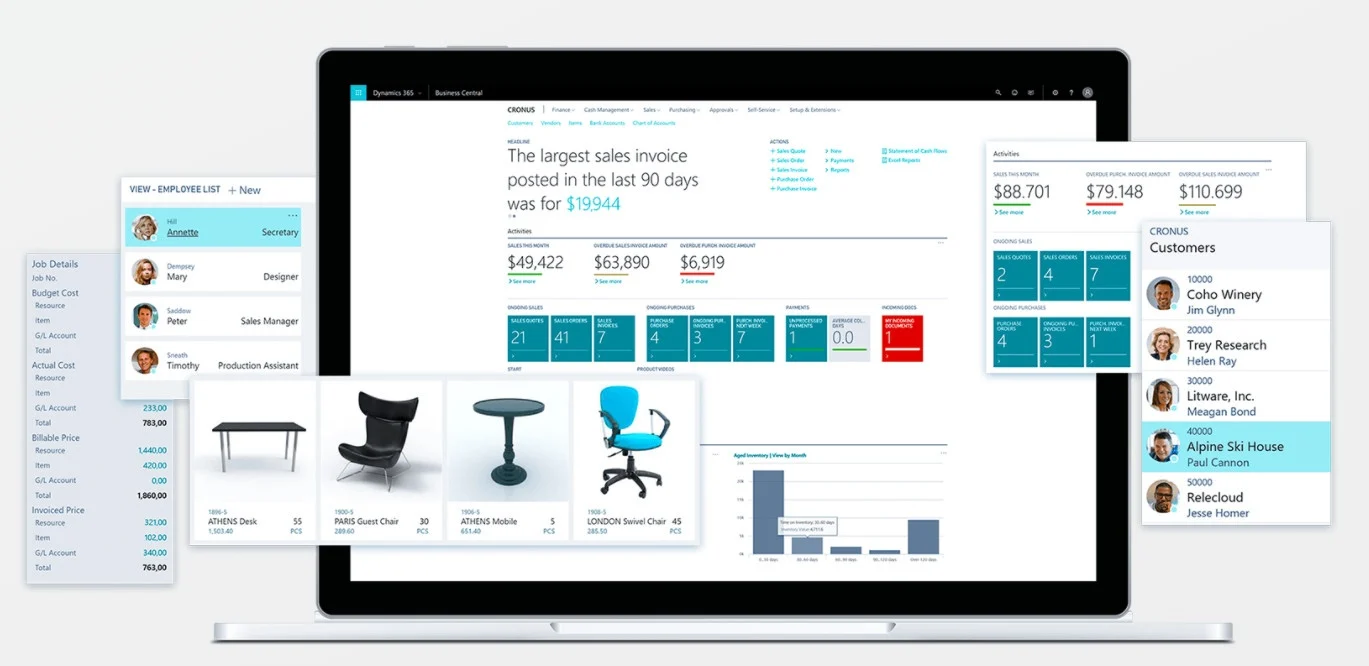Introduction: Understanding the Purchase Journey
The purchase journey is a complex process involving stages from awareness to decision-making, and in the digital age, understanding and optimising this journey is crucial for business success. With more choices than ever before, businesses must create seamless and personalised experiences. The dynamics of the purchase journey are constantly evolving, necessitating businesses to offer value-added services, exceptional customer support, and a smooth buying experience. Tools like Dynamics 365 can help companies analyse data across touchpoints to understand customer needs and preferences, tailoring marketing strategies accordingly. By understanding the intricacies of the purchase journey and adapting strategies, businesses can strengthen customer relationships, drive sales growth, and remain competitive in the fast-paced e-commerce landscape.
Streamlining the Customer Experience
Streamlining the customer experience is crucial in today’s fast-paced world of business. With the rise of e-commerce and digital interactions, customers expect seamless and personalised experiences at every touchpoint. Utilising tools like Dynamics 365 can help businesses enhance their customer service processes by providing a centralised platform for data management and analysis.
By leveraging the capabilities of Dynamics 365, companies can gain valuable insights into customer preferences and behaviour, allowing them to tailor their offerings to meet individual needs more effectively. Automated workflows and AI-driven analytics further optimise the customer journey, enabling businesses to anticipate needs and provide proactive support. Ultimately, streamlining the customer experience not only fosters loyalty but also drives growth and profitability in an increasingly competitive market landscape.
Utilising Dynamics 365 for Seamless Integration
Dynamics 365 is a powerful tool that can streamline businesses’ operations and improve customer engagement in the e-commerce purchase journey. It connects various aspects of a business, from sales and marketing to customer service and operations, providing a holistic view of the customer. This approach improves efficiency and allows for personalised interactions at every touchpoint. Dynamics 365’s flexibility allows for easy customisation and scalability, enabling businesses to adapt to changing market dynamics and customer needs. By integrating Dynamics 365 into workflows, organisations can gain real-time insights, drive growth, and achieve operational excellence.
Personalisation and targeted marketing strategies
Personalisation and targeted marketing strategies offer businesses the opportunity to create meaningful interactions with customers by leveraging data insights. By analysing customer behaviour and preferences, businesses can tailor messaging and offerings to meet individual needs, increasing engagement and fostering trust and loyalty. In e-commerce, understanding customer journey dynamics is crucial for effective personalised marketing. Tools like Dynamics 365 help companies track every touchpoint in a customer’s online shopping experience, delivering relevant content at each stage. This approach drives conversion rates and enhances customer satisfaction by anticipating needs and offering proactive solutions.
Optimising Checkout Process for Conversion
Optimising the checkout process is crucial for e-commerce businesses to increase conversion rates. By reducing the number of steps required to complete a purchase, businesses can reduce friction and make it easier for customers to navigate. Implementing a guest checkout option can speed up the process for non-accounting customers. Offering multiple payment options, such as credit cards, digital wallets, and buy now, pay later, can make it more convenient for customers. Integrating dynamic pricing algorithms can personalise the shopping experience based on browsing behaviour and purchase history, leading to higher conversion rates. Using tools like Dynamics 365 for e-commerce platforms allows businesses to analyse data insights from customer interactions, identify pain points, and make data-driven decisions to optimise every step towards conversion. Continuous iteration and testing of different strategies can create a seamless and efficient checkout experience that maximises conversions and drives revenue growth.Enhancing Customer Service with Real-time Insights
Real-time insights play a crucial role in enhancing customer service in the digital age. By leveraging tools like Dynamics 365, businesses can gain valuable data insights that offer a deeper understanding of customer preferences and behaviors. This real-time data allows companies to personalise their interactions with customers, providing tailored solutions and anticipating their needs before they even arise.
In the e-commerce purchase journey, real-time insights enable businesses to track customer behaviour throughout the entire sales process. From browsing products to making a purchase, companies can analyse each step of the journey to identify areas for improvement and optimise the overall experience. By using this data proactively, organisations can provide timely assistance, address concerns promptly, and ultimately build stronger relationships with customers based on trust and satisfaction.




